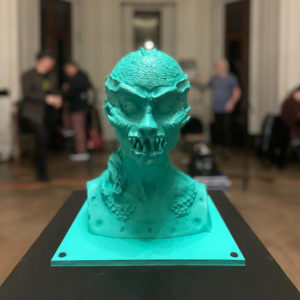
We are an award-winning 3D Design, 3D Printing, and Finishing Studio located in North Greenwich’s Design District.
Established in 2016, Champion 3D is a skilled team of Technicians, 3D Designers, and Artists. With in-house 3D printing capabilities, we bring diverse projects to life. Whether you’re a product designer, an architect, part of a creative studio, or a marketing agency, we’ve delivered innovative solutions for various needs in various industries. View some of our case studies to read about some of our work.

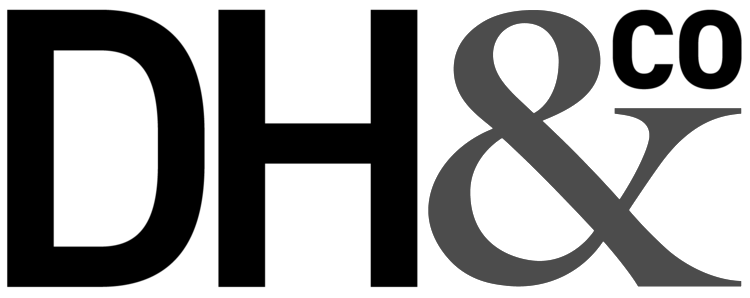

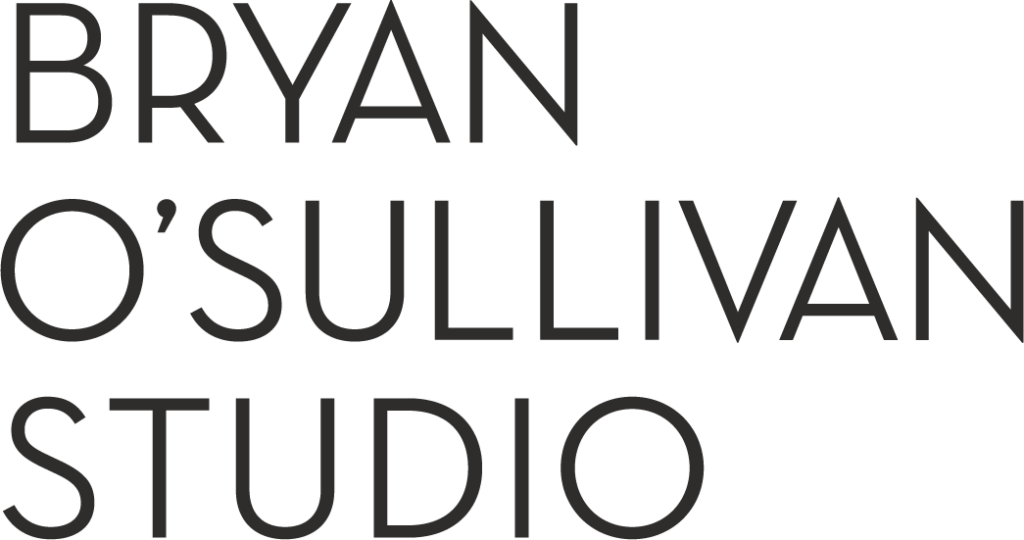

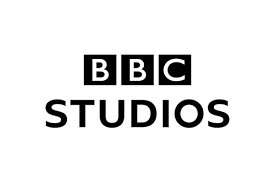



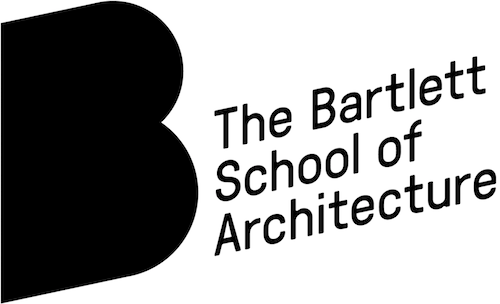


Over the years, we have helped thousands of clients with 3D printing and 3D design. See some of our reviews below. We have consistently gone above and beyond.







